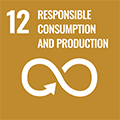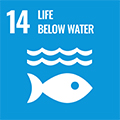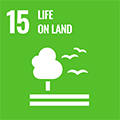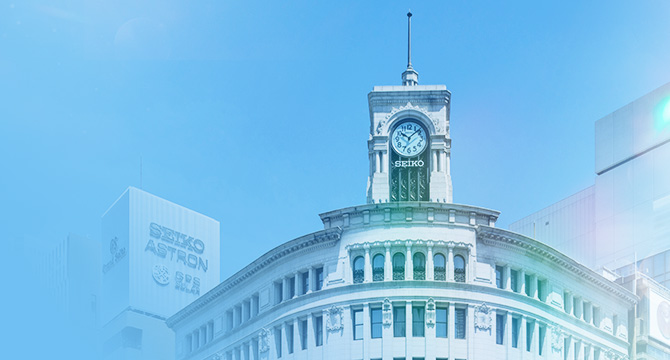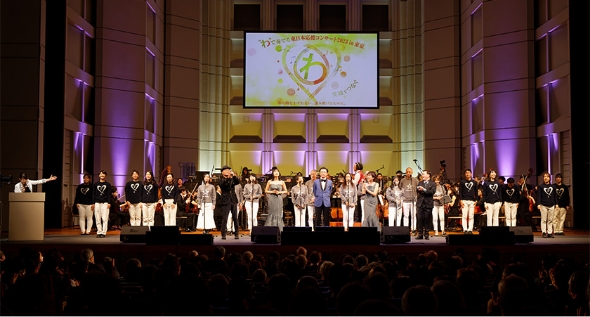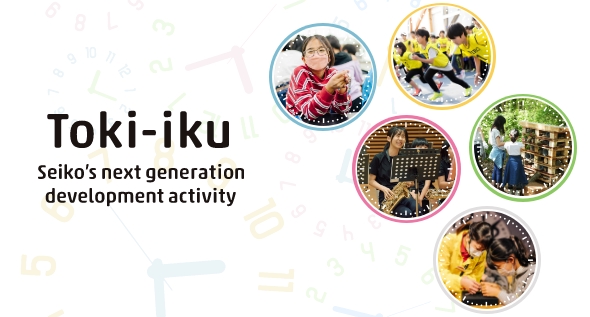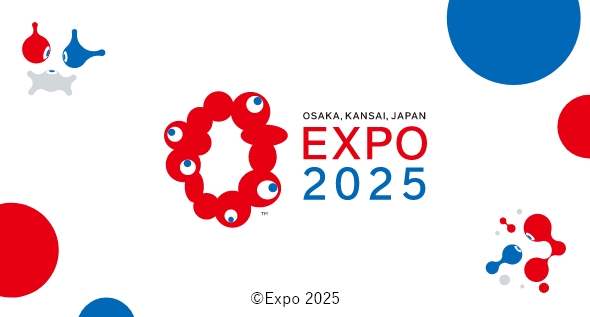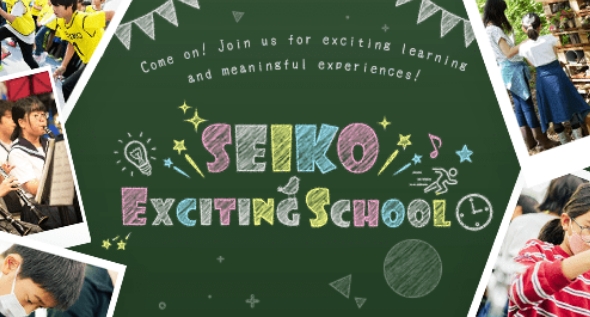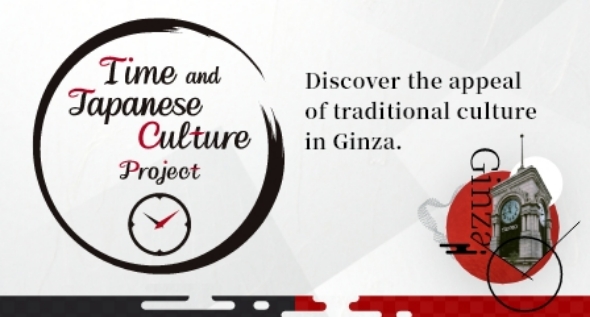Biodiversity Conservation
Relevant SDGs
The Group has positioned "coexistence with Nature" as one of our materiality issues, and is engaged in biodiversity conservation activities, working in cooperation with various stakeholders.
Policy and Basic Approach
In December 2022, at its 15th session, the Conference of the Parties (COP15) to the Convention on Biological Diversity (CBD) adopted a new biodiversity goal, the Kunming-Montreal Biodiversity Framework. In order to achieve the plan’s vision of a world in harmony with Nature by 2050, all companies must make further efforts. The Seiko Group recognizes that its business activities depend on and simultaneously affect ecosystem services, and believes that the conservation of biodiversity is an important issue in environmental management. Our Group will promote steps toward achieving a Nature-positive*1 outcome through our various businesses. Some of the Group's operating companies are located adjacent to national or prefectural parks, and these businesses are promoting biodiversity conservation activities in accordance with their respective locations and environments.
As a Group, we regularly evaluate our dependence upon and impact on natural capital, and assorted risks and opportunities throughout the value chain. When we operate in locations that are critical to biodiversity, we will take proactive steps to reduce and avoid negative impacts, in accordance with the principle of mitigation hierarchy.*2 We also believe that it is important to educate both executives and employees, as well as to collaborate with various stakeholders, including local communities, in order to conserve biodiversity, and we will promote integrated initiatives, including those focused on climate change and resource recycling.
In addition to disclosing information in accordance with the framework of the Task Force on Nature-related Financial Disclosures (TNFD), we will participate in and collaborate with a wide range of initiatives led by other parties.
*1 Nature positive: Stopping and reversing biodiversity loss in order to help Nature to recover what it has lost.
*2 Mitigation hierarchy: Prioritizing measures that produce greater impacts on biodiversity
Response to TNFD Recommendations
TNFD is an international initiative to establish a framework for appropriately assessing and disclosing business risks and opportunities related to natural capital. The project published its final recommendations in September 2023. We support the philosophy of TNFD and were happy to participate in the TNFD Forum in April 2025 to show support for its activities.
We began by conducting an initial survey and disclosure in accordance with the final TNFD recommendations. However, in the future, we plan to conduct surveys related to the importance of ecosystems at our main sites, and promote measures to address whatever risks and opportunities we identify. In addition, we will evaluate the progress of these measures and expand the range of information we disclose.

Governance
The Group Sustainability Committee was established to formulate the Group's policy on sustainability and, based on that policy, to promote action. The Sustainability Committee discusses and resolves important matters related to natural capital that impact biodiversity conservation, and reports directly to the Board of Directors. The Board supervises the Sustainability Committee, and also regularly discusses key matters related to materiality, including coexistence with Nature.
Promotion Structure
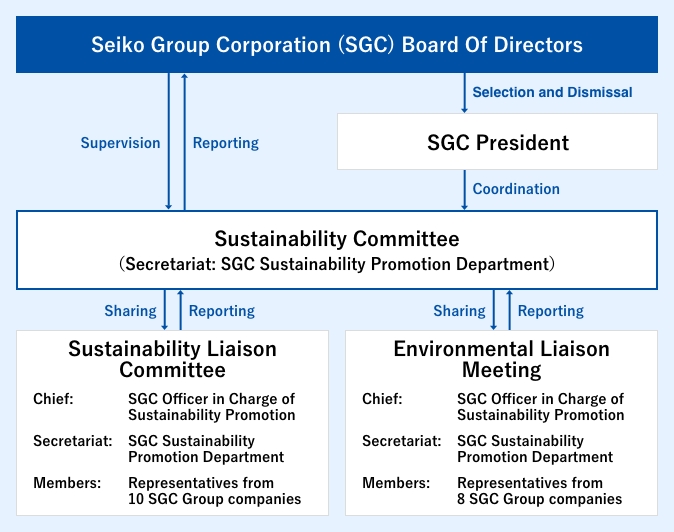
Roles
The Board of Directors
At least once a year, the Board of Directors receives a report from the Sustainability Committee summarizing the latter’s resolutions. The Board is responsible for overseeing the Group’s efforts to address issues and for monitoring progress. It also regularly discuss important matters related to natural capital.President (Supervisor of Natural Capital)
Important matters related to natural capital are supervised by the President, who serves as chairman of the Sustainability Committee. He is ultimately responsible for formulating the Group's sustainability-related policies, including important matters related to natural capital, and making all management decisions regarding sustainability-related activities.Sustainability Committee
The Committee is chaired by the President, who is ultimately in charge of managing the Group’s natural capital, and consists of full-time officers, including the officer in charge of sustainability promotion, and presidents of Group companies. Matters related to the Group's materiality, including important issues related to natural capital, are discussed and resolved at two regular meetings each year, and at extraordinary committee meetings whenever necessary, and the details of those resolutions are reported to the Board of Directors. The officer in charge of sustainability promotion plays a key role in developing and executing programs based on the Sustainability Committee’s decisions.
Strategy
We looked at the Group's main business fields objectively, with an eye to the entire value chain, and evaluated their dependence on natural capital and their impact thereon, as well as potential risks and opportunities that this presented.
In the future, we will follow the LEAP approach and deepen our efforts by identifying and assessing "priority areas."
Identification and Assessment of Dependencies and Impacts
Using ENCORE, an analytical tool that helps organizations understand Nature-related risks and impacts, we identified ecosystem services that are closely related to the activities of the key manufacturing businesses we target. We used a five-point scale to assess their dependency and impact on natural capital, and identified three levels that ranked at least medium or higher. The visualized heat map is shown here.
In terms of dependence, we found that the mining of metal minerals and the production and processing of raw materials upstream of the value chain may depend on ecosystem services such as rainfall pattern regulation and water purification, and downstream, transportation and disposal may depend on ecosystem services such as rainfall pattern regulation and solid waste purification. In terms of impacts, we have identified the possibility that the mining of upstream metal minerals may have an impact such as land modification of freshwater and marine areas, and water and soil pollution due to waste.
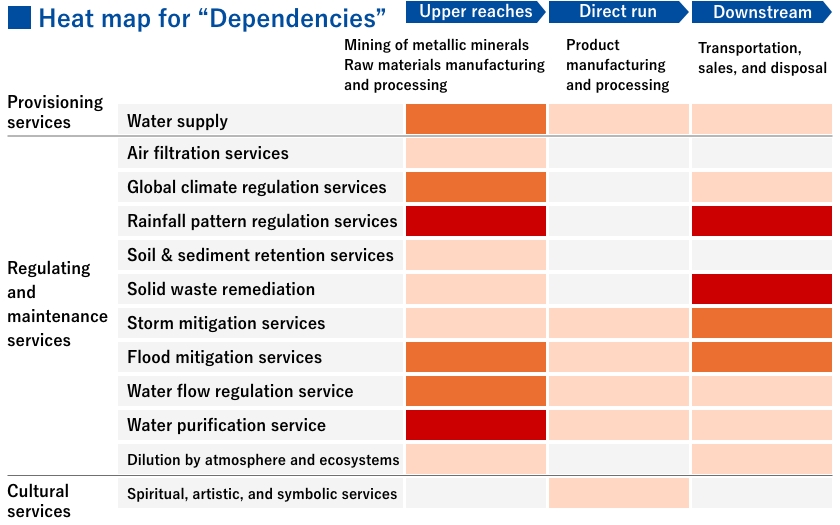
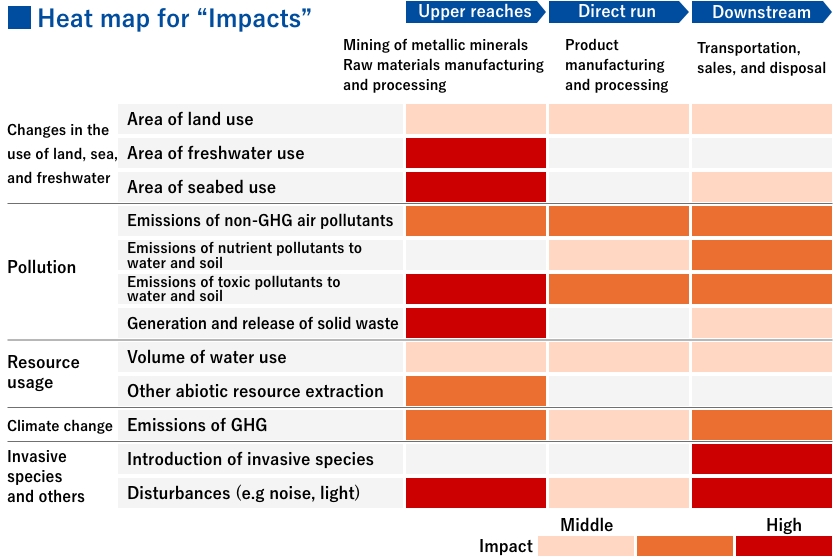
Identification and Assessment of Risks and Opportunities
Based on the assessment of the Group’s dependence on and impact on natural capital, we have identified specific risks and opportunities that may have a high financial impact on our business activities. We took a bird's-eye overview of the entire value chain of our main businesses, which allowed us to identify transition risks such as compliance with regulations and soaring procurement costs. On the positive side, we determined that there is room to increase the usage efficiency of resources such as raw materials and water. In the future, we will identify business sites that are highly dependent on and also have a high degree of impact on natural capital, and we will promote specific measures to address the risks and opportunities arising from these dependencies and impacts.
| Risk Classification | Details of Risks | ||
|---|---|---|---|
| Risk | Transition | Policies & Regulations | ・Increased cost of procured products due to restrictions on water consumption, tighter regulations on pollution and GHG emissions, tightening of the RoHS Directive, etc., and product development costs due to switching over to alternative products |
| Market | ・Decline in earnings due to inability to respond quickly to consumers’ shift toward more environmentally friendly products | ||
| ・Increased procurement and product development costs stemming from the changing customer preferences noted above | |||
| Technology | ・Increased procurement costs due to increasing costs for the development and deployment of new technology amid the ongoing transition to low-impact technologies | ||
| ・Decline in earnings due to delays in R&D activities to respond to the demand for low-impact technologies | |||
| Opportunity Classification | Opportunity Details | |
|---|---|---|
| Opportunities | Resource Efficiency | ・Cost reductions through the use of recycled raw materials, implementation of the 3Rs, and introduction of production technologies that help reduce GHG emissions
・Stable production and cost reductions by introducing equipment that promotes water conservation and water recycling |
| Market | ・Gain market recognition and increase revenue from products related to biodiversity conservation, such as forest conservation and marine conservation activities | |
Risk and Impact Management
In order to centrally manage risks that could have a significant impact on the Group's business, the Seiko Group Risk Management Committee, chaired by the President of the Seiko Group, plays a central role in developing and strengthening the Group-wide risk management system. In order to promote Group-wide risk management through close cooperation between Seiko Group Corporation (SGC) and its various Group companies, SGC established a Group Risk Management Committee, comprised of the presidents of each Group company, and also established a system to identify and share risks for the entire Group.
We conduct assessments of dependence on and impacts on Nature, as well as risks and opportunities arising therefrom, based on the TNFD's LEAP approach. In particular, the Sustainability Committee identifies and evaluates important dependencies, impacts, risks, and opportunities. It then drafts resolutions, and reports the details of those resolutions to the Board of Directors. In addition, risks addressed by the Sustainability Committee are reported to SGC's Risk Management Committee. In the future, we will consider specific measures to address dependencies and impacts, as well as risks and opportunities, and then make resolutions and promote them within the Sustainability Committee.
Group Risk Management Promotion System
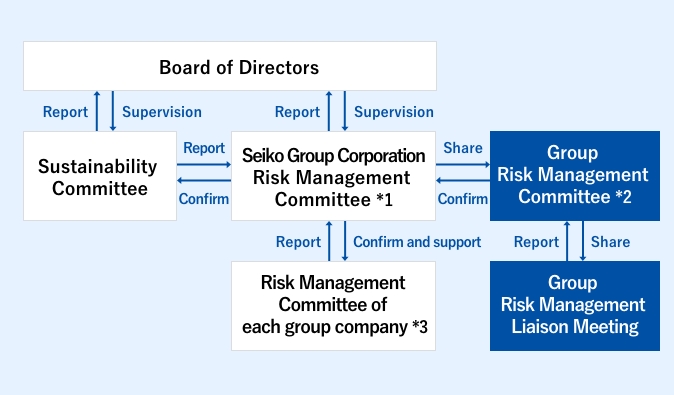
Roles
Seiko Group Risk Management Committee *1
Chaired by the President, the Committee is working to identify and respond to risks that need to be addressed across the Group. In addition, it receives reports from all the Group risk owners, including at SGC, and supports ongoing risk management at each company.Group Risk Management Committee *2
Comprised of full-time officers and the presidents of Group companies, this Committee identifies and provides information about risks for the entire Group, monitors responses to key risks, and shares information among all participants.Risk Management Committees of Group Companies *3
Each Group company promotes risk management autonomously, led by their own risk management committee.Sustainability Committee
The Committee discusses and decides on matters related to the Group's materiality, including Nature-related dependencies and impacts, as well as risks and opportunities, and reports the details of these decisions to the Board of Directors. In addition, it reports to the Seiko Group Risk Management Committee on the progress of measures to alleviate or eliminate risk.
Metrics and Targets
Among several sustainability indicators, the Group quantitatively measures water withdrawal, GHG emissions, waste emissions, recycling rates, and more.
We have set a goal of reducing water withdrawal by 5% in FY2026 (compared to FY2021) and maintaining the level of water withdrawal per unit of sales.
We have also set targets for GHG emissions — reducing Scope 1 and 2 emissions by 42% compared to FY2022, and reducing Scope 3 (Categories 1 and 11) by 25% compared to FY2022, with the aim of achieving net zero emissions by FY2050.
While striving to achieve these targets, we will consider adopting additional Metrics and Targets in line with the TNFD disclosure indicators.
Summary of Fiscal Year 2023
Each business unit promoted biodiversity activities tailored to their local situation, such as greening activities, protection of endangered species, monitoring of living organisms, and holding nature observation events as part of biodiversity-focused land use. Employees' participation in these activities deepened their understanding of biodiversity. We also promoted integrated measures such as reducing GHG emissions, water withdrawal, and waste. For products, we set biodiversity considerations as one of the considerations for environmentally friendly products and continued to focus on these goals.
Morioka Seiko Instruments Inc. received the "The Director-General's Award of Tohoku Bureau of Economy, Trade and Industry" in the 2023 Green Factory Award.
Examples of Activities
Land use considerations for biodiversity
Greening activities
SII Crystal Technology Inc. promotes greening of its premises by employees. In fiscal 2023, they planted moss phlox seedlings, with over 30 employees participating each time, which both improved the biodiversity of the site and fostered communication among employees.
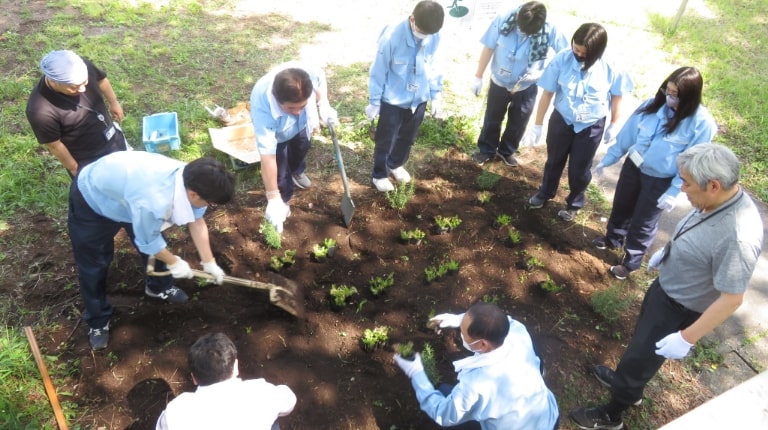
Planning moss phlox seedlings by employees
Ninohe Tokei Kogyo Co., Ltd. continuously promotes flower bed creation by employees and won an award in the flower bed contest hosted by Ninohe City.
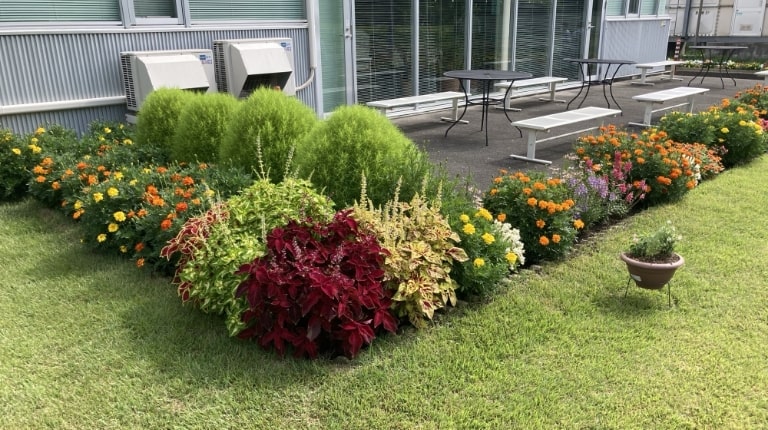
Flower bed created by employees
Dalian Seiko Instruments Inc. in China has been continuously working on creating green spaces with a focus on biodiversity. They refrain from using pesticides and herbicides in green space maintenance and compost dead branches and fallen leaves. Seiko Instruments (Thailand) Ltd. conducted large-scale tree plantings at two factories in 2022 and is currently monitoring the growth of the trees.

Green spaces of Dalian Seiko Instruments Inc.
Protection of endangered species
At the Seiko NPC Nasu-Shiobara Plant, three Cephalanthera falcata (Kinran) orchids have been discovered in one corner of the facility, and nearby, numerous Cypripedium macranthos (Ginran) have also been identified. While it was once common to see these orchids thriving in the forest, their population has declined substantially in recent years, leading to concerns about potential extinction. The Ministry of the Environment has designated them as “Endangered II” species. The Nasu-Shiobara Plant keeps them under careful observation and looks forward to their flowering every year. In the spring of 2023, new blossoms were confirmed in another part of the facility. In addition, the company has confirmed the presence of other unusual species such as Cymbidium goeringii, Liriope muscari and Plantain lily. The facility has also promoted greening efforts by planting moss phlox and blueberries to provide bird feed.
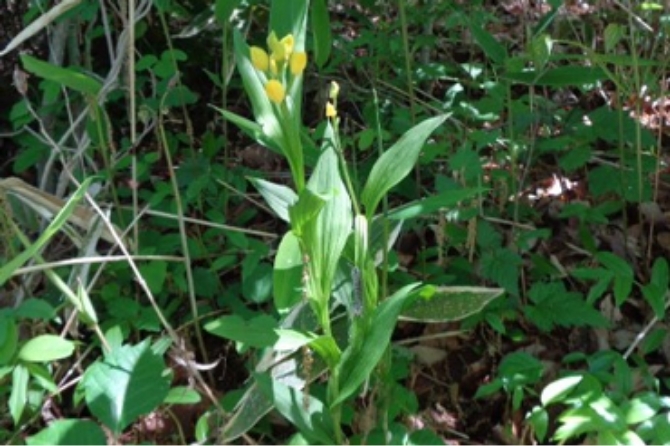
Cephalanthera falcata (Kinran)
In Chiba Prefecture there is a type of white pine tree called Himekomatsu, which is listed as endangered. Three Seiko Instruments Inc. (SII) business sites in Chiba have been registered as "Himekomatsu Preservation Supporters" since February 2016 as part of Chiba Prefecture's Himekomatsu Recovery Project. We monitor the growth of these trees and report that information to Chiba Prefecture every October, deepening our understanding of Himekomatsu and helping to preserve its genetic lineage. In fiscal year 2023, we relocated some Himekomatsu from our Makuhari site to our Takatsuka site and will continue to monitor their growth.
* The three Seiko Instruments facilities in Chiba Prefecture: Makuhari Office (Chiba City), Takatsuka Unit (Matsudo City), Ohno Unit (Ichikawa City).
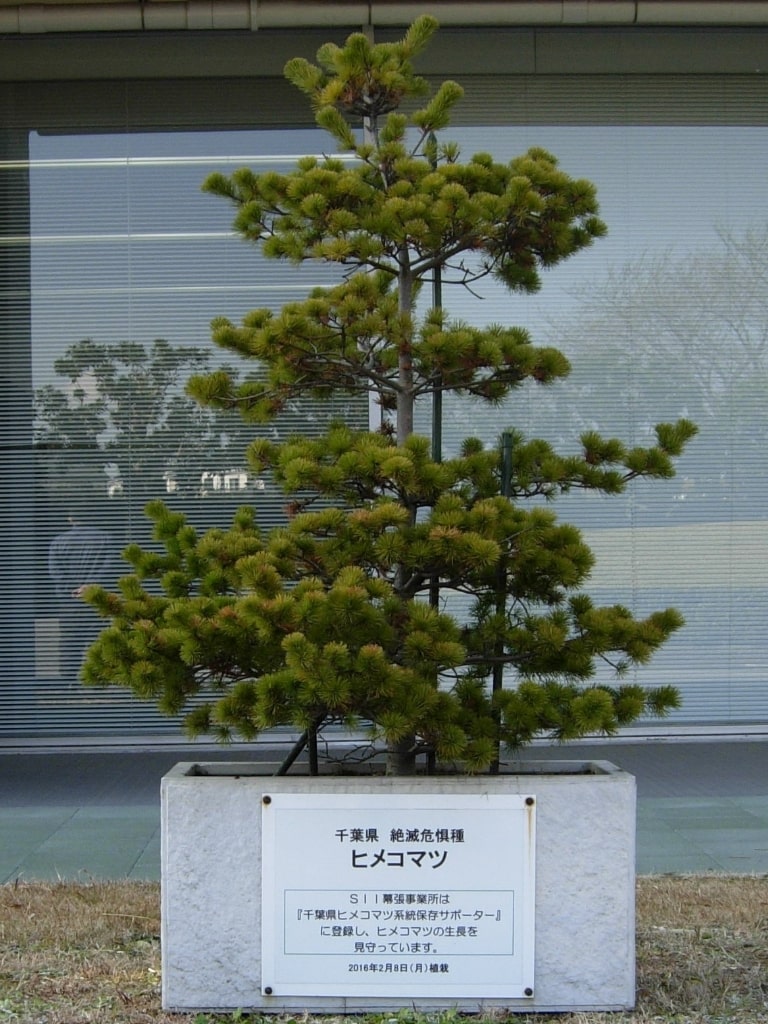
Himekomatsu of Takatsuka site
Education and awareness-raising activities
Monitoring of living organisms and awareness-raising activities
Birdhouses and bird baths have been installed at each Seiko Instruments facility as part of the company’s commitment to provide habitats for living things. Additionally, the firm uses sensor-activated cameras to conduct animal surveys that deepen our understanding of the creatures inhabiting the facility grounds. The survey results are then used for employee awareness activities. At the Sendai facility, the sensor camera videos are publicly displayed at the entrance of the employee cafeteria as part of these awareness initiatives.
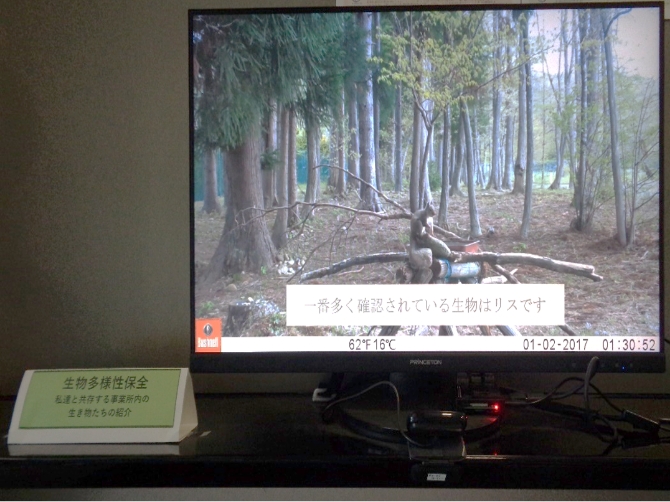
Showing Animal Monitoring Videos
Nature Observation Event
Morioka Seiko Instruments Inc., with the cooperation of Shimizu Corporation, held a nature observation event on the Morioka Seiko premises in July 2024. This event provides guidance on biodiversity conservation activities from experts in various fields and has been ongoing since 2012. The 13th event was attended by 26 participants, including government officials and environmental representatives from our Group. The theme was "Measuring Biodiversity," and we received lectures and technical guidance from experts to evaluate the degree of biodiversity improvement we had achieved, and use it for improving our activities and external communication. Measuring biodiversity quantitatively is challenging even for experts, but we believe that continuous monitoring of specific plants and insects will help us to understand biodiversity. We explained the evaluation methods using examples from previous nature observation events and preliminary surveys conducted before this event. We will continue to hold nature observation events to enhance biodiversity conservation activities.
Additionally, Morioka Seiko Instruments and Seiko Group Corp. regularly hold the Seiko Exciting Environmental Classroom to teach children the importance of biodiversity through activities such as making insect hotels and conducting biotope surveys (insect hotels are made from waste materials, fallen branches, bamboo tubes, etc., providing places for insects to breed and overwinter, aiming to create diverse ecosystems).
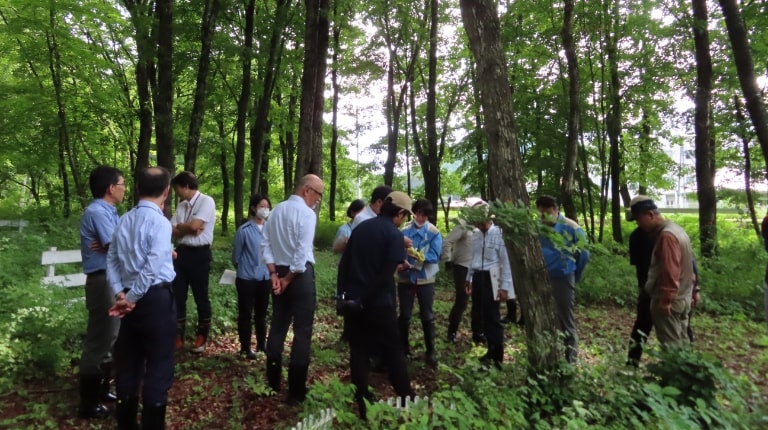
Scenes from the Nature observation event
Products and Biodiversity
The Green Product Standards include consideration for biodiversity as one of the environmental criteria. Specific measures, such as minimizing the impact on ecosystems by eliminating lead use, are set for each product. The product standards are reviewed every two years, with a focus on enhancing biodiversity considerations for all products.



